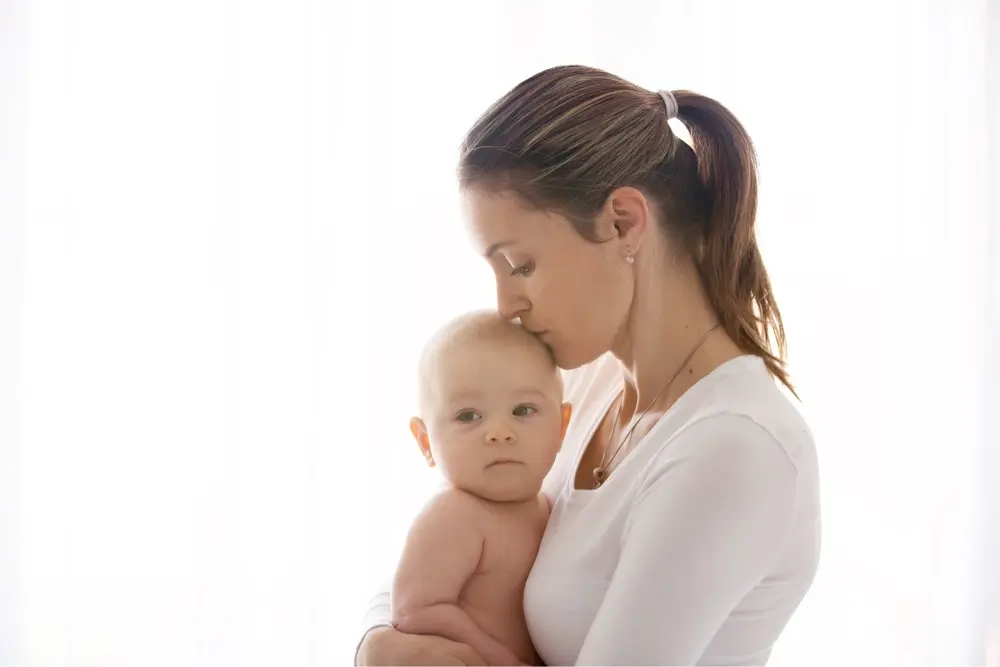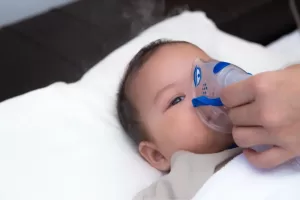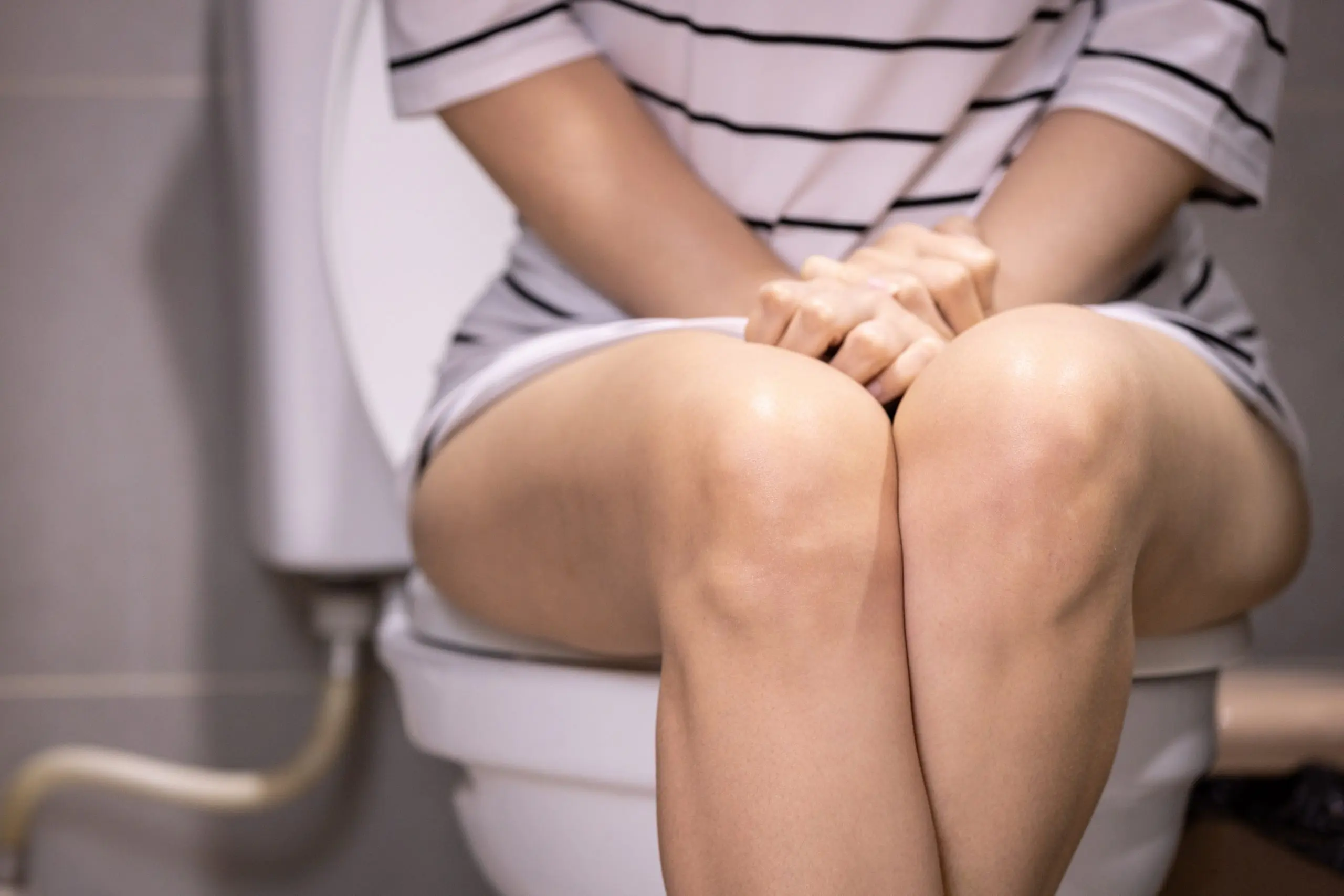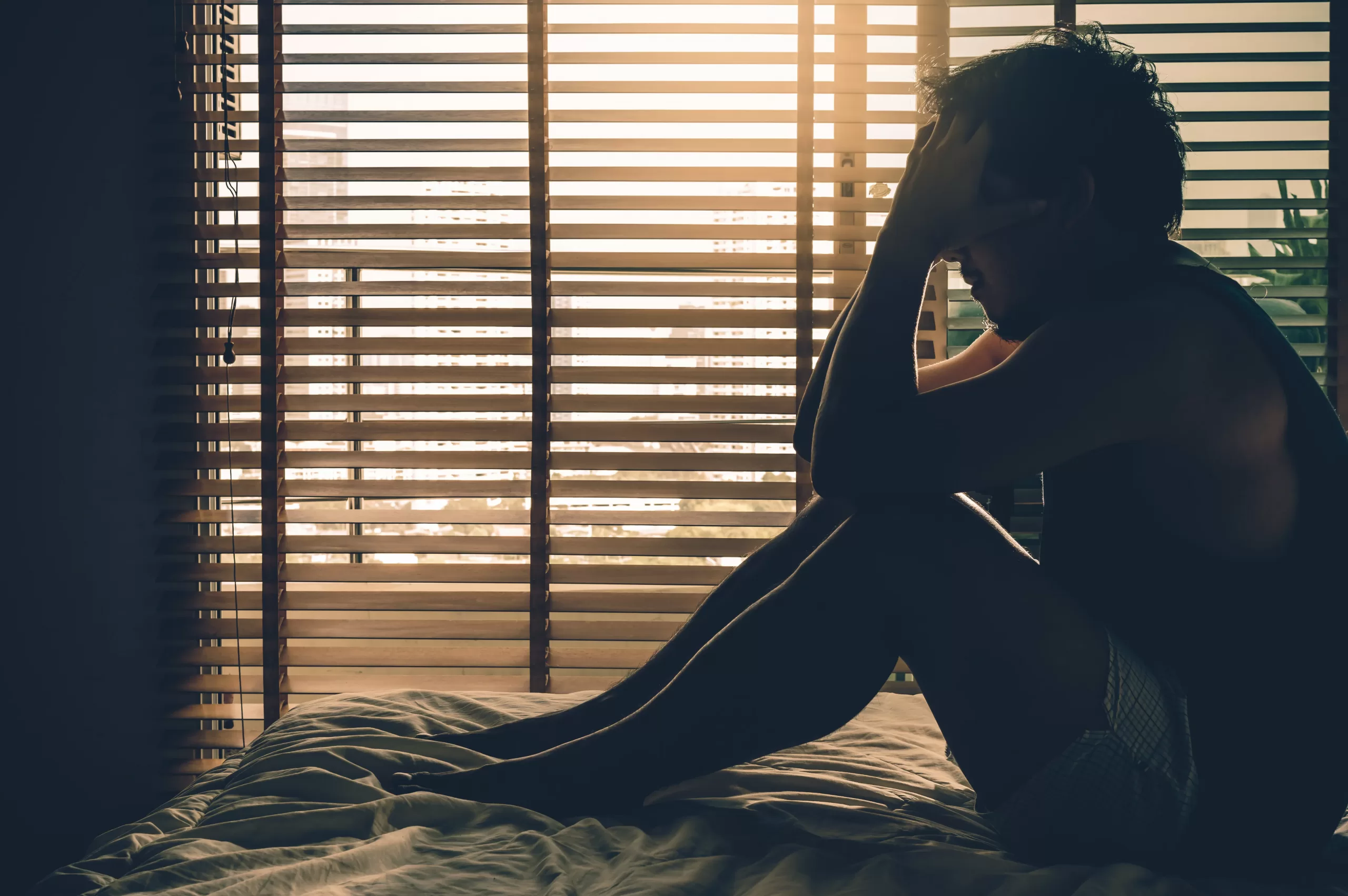☉ Doctors online now - 15 minute priority booking available
Bronchiolitis in kids- the key facts.
Authored by Dr Aifric Boylan on 23.07.2018
Medically Reviewed by Dr Davinder Nagah
Last updated on 13.06.2024
Medically Reviewed by Dr Davinder Nagah
Last updated on 13.06.2024
What is Bronchiolitis?
- Bronchiolitis is an infection of the small airways (bronchioles) in the lungs of young children
- It is nearly always caused by a virus
- It usually affects babies under the age of 12 months and is most common during the winter.
- Though it can take a few weeks to settle, in most cases it’s not serious and gets better by itself.
What causes Bronchiolitis?
- Bronchiolitis is usually caused by a virus known as “RSV”, short for Respiratory Syncitial Virus- it’s possible to get it more than once as there is more than one strain of RSV.
- Other cold and flu viruses can also cause bronchiolitis.
- These viruses are very contagious and are easily spread by coughs and sneezes, or by touching objects or surfaces an infected child has been in contact with.
- Bronchiolitis mainly affects the small airways of the lungs (bronchioles), which become inflamed and congested with mucus.
What are the symptoms of Bronchiolitis?
These can vary a little from one child to another, but typical symptoms of bronchiolitis include:
- Runny nose and cough (these are often the first symptoms)
- Fever (not always)
- A wheeze (high pitched whistling sound when breathing) may develop a few days later
- Rapid breathing- a baby may start to breathe more quickly and may use extra muscles to breathe. This is often most noticeable just under the ribs or around the neck. Some babies may also have “head-bobbing” as they work harder to breathe.
- Reduced feeding – a blocked nose, increased effort of breathing, and fever can all make a baby less likely to feed well
- Other symptoms may include middle ear infections, vomiting, and being generally out of sorts or more clingy than usual.
Who is most at risk?
- Children who live around smokers
- Premature babies
- Children with underlying heart or lung disease, or who have a suppressed immune system.
- Children who attend large childcare centres, or who have siblings in school.
How is Bronchiolitis diagnosed?
- A doctor can usually make the diagnosis based on the typical symptoms of Bronchiolitis
- On examination, the chest will often sound generally wheezy and crackly
- If the baby seems breathless, oxygen levels may be checked by placing a probe on their foot or hand.
- Quite often, despite the cough and wheeze, a baby will still be happy and active
- Investigations such as a chest Xray, nasal swabs or blood tests are not usually recommended, but may be done if there is doubt over the diagnosis
What is the treatment for Bronchiolitis?
- Once the diagnosis is made, most babies with bronchiolitis can be managed at home
- If a baby is getting tired or fussy during feeds, it may help to give smaller, more frequent breast or bottle feeds- keeping them well hydrated is a priority.
- Paracetamol can be given for fever, according to age and weight.
- The baby should not be exposed to smoking
- Some parents use saline nasal drops to clear mucus from the nose just before feeds
- Antibiotics do not make Bronchiolitis better, as it is a viral condition
- There is no evidence than humidifiers or vaporisers make any difference
- Although the symptoms of bronchiolitis can seem a bit like asthma, asthma inhalers and oral steroids do NOT work for this condition.
When should you see a doctor?
- If you think your baby has symptoms of Bronchiolitis they should be assessed as soon as possible by a doctor- particularly if they were premature, are less than 12 weeks old, or have any underlying heart or lung conditions.
- It’s important to make sure it’s nothing more serious, such as pneumonia.
- If it is Bronchiolitis, and there are no signs of serious illness, your doctor will usually advise you how to care for your child at home and what to look out for.
- However, sometimes babies with Bronchiolitis need to be admitted to hospital for extra oxygen, fluids and observation until they get better.
- If the following symptoms arise at any stage, you should seek urgent medical advice- attend your nearest emergency department/medical centre:
- Persistent high fevers
- Rapid breathing
- Dehydration (poor fluid intake e.g taking less than half usual feeds, dry nappies)
- Worsening irritability
- Lethargy or floppiness
- Looking pale and unwell
- Any unexplained or unexpected symptoms
- If at any point, your baby is struggling to breathe, is floppy or limp, their lips look blue, or they seem generally very unwell, you should call an ambulance.
- In rare cases, babies need to be intubated ( a tube passed into the airways to help them to breathe)

Getting a Mental Health Care Plan in Australia: Your Guide
Getting a Mental Health Care Plan in Australia: Your Guide Mental health matters—and if you’re feeling overwhelmed, anxious, or down, a mental health care plan can help. But what is it, and how do [...]
UTI Symptoms and Treatment: What You Need to Know
UTI Symptoms and Treatment: What You Need to Know Urinary Tract Infections (UTIs) are common, uncomfortable, and often disruptive. But what exactly are the signs to watch for, and how can you get relief [...]
Free Mental Health Care Plan Online | Bulk-Billed by Qoctor
Free Mental Health Care Plan Online | Bulk-Billed by Qoctor Discover how to get a free, bulk-billed Mental Health Care Plan (MHCP) in Australia through Qoctor's telehealth service. Accessing [...]





